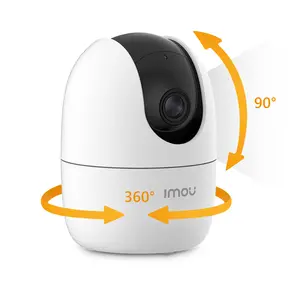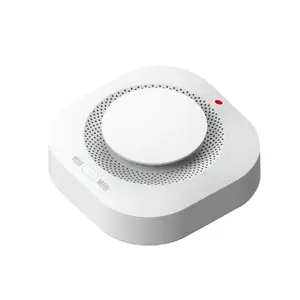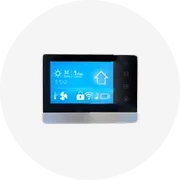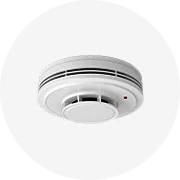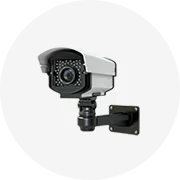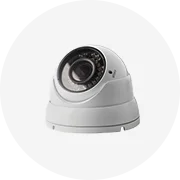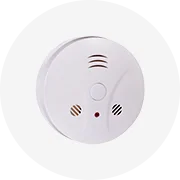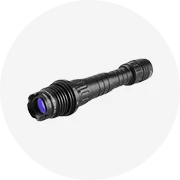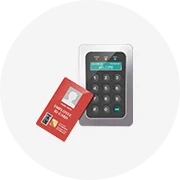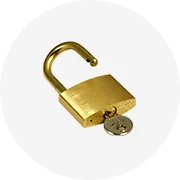Popular in your industry






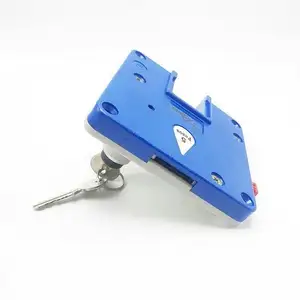






























































Related Searches:


















































































































































Top categories
About coin operated locker locks
Coin Operated Locker Locks: An Overview
Coin operated locker locks are specialized security devices designed for public or shared storage solutions. These locks function by accepting coins which trigger the locking mechanism, providing a temporary secure space for users. Typically found in locations such as gyms, schools, and public transportation hubs, these locks offer a convenient way for individuals to safeguard their belongings.
Types and Mechanisms
There are various models of coin operated locker locks catering to different security needs. Some are equipped with a single coin slot, while others may require multiple coins. The locking mechanisms vary from traditional key access to more advanced options that allow for keyless entry, enhancing user convenience without compromising security.
Applications and Usage
The application of coin operated locks extends beyond lockers. They are also integrated into bicycle racks, providing cyclists with a secure anchoring point. In high-traffic areas, these locks serve as an effective theft deterrent, ensuring that only those who have paid can use the storage facility.
Features and Materials
Durability is a key feature of coin lock systems, with many constructed from robust materials like hardened steel or zinc alloy. This ensures they can withstand frequent use and resist tampering. Additionally, some coin locks are designed to be weather-resistant, making them suitable for outdoor installations.
Advantages of Coin Operated Security
The primary advantage of coin operated storage locks is their self-service nature, which allows for efficient management of locker systems without the need for staff oversight. This self-sufficiency makes them a cost-effective solution for facilities that require secure storage options.
Considerations for Selection
When selecting a coin operated lock, considerations should include the type of facility, the expected frequency of use, and the level of security required. It is also important to consider the ease of use for the end-user, ensuring that the lock mechanism is straightforward and reliable.

